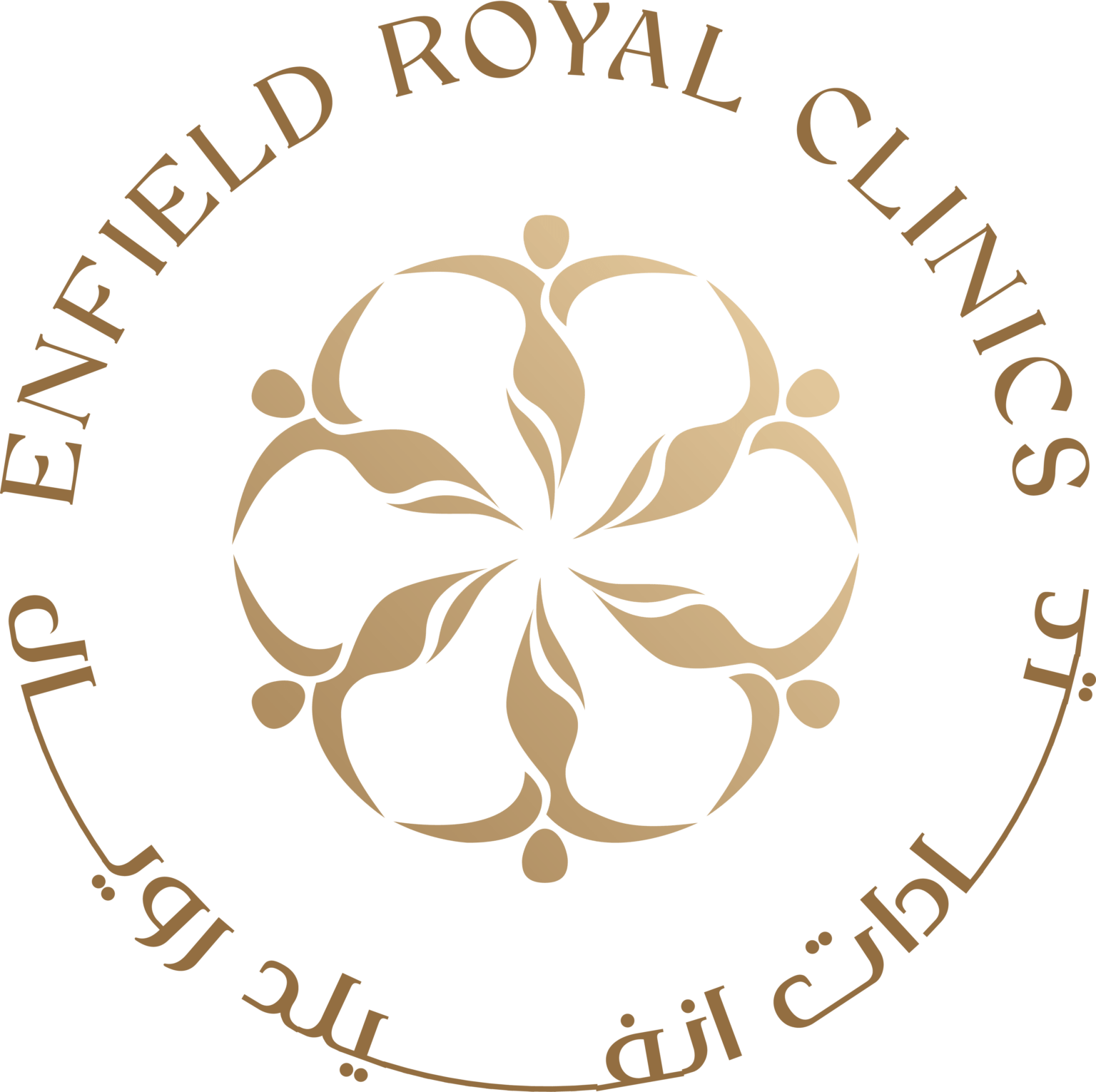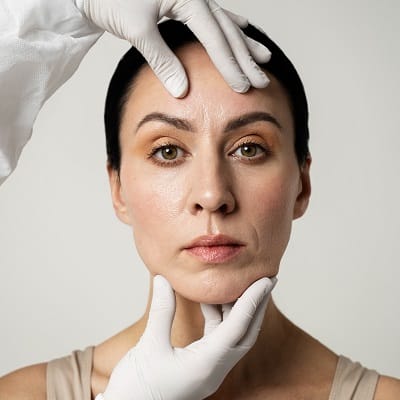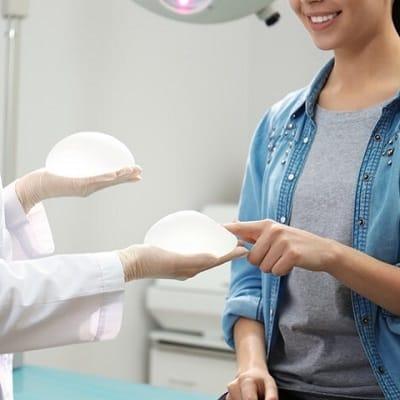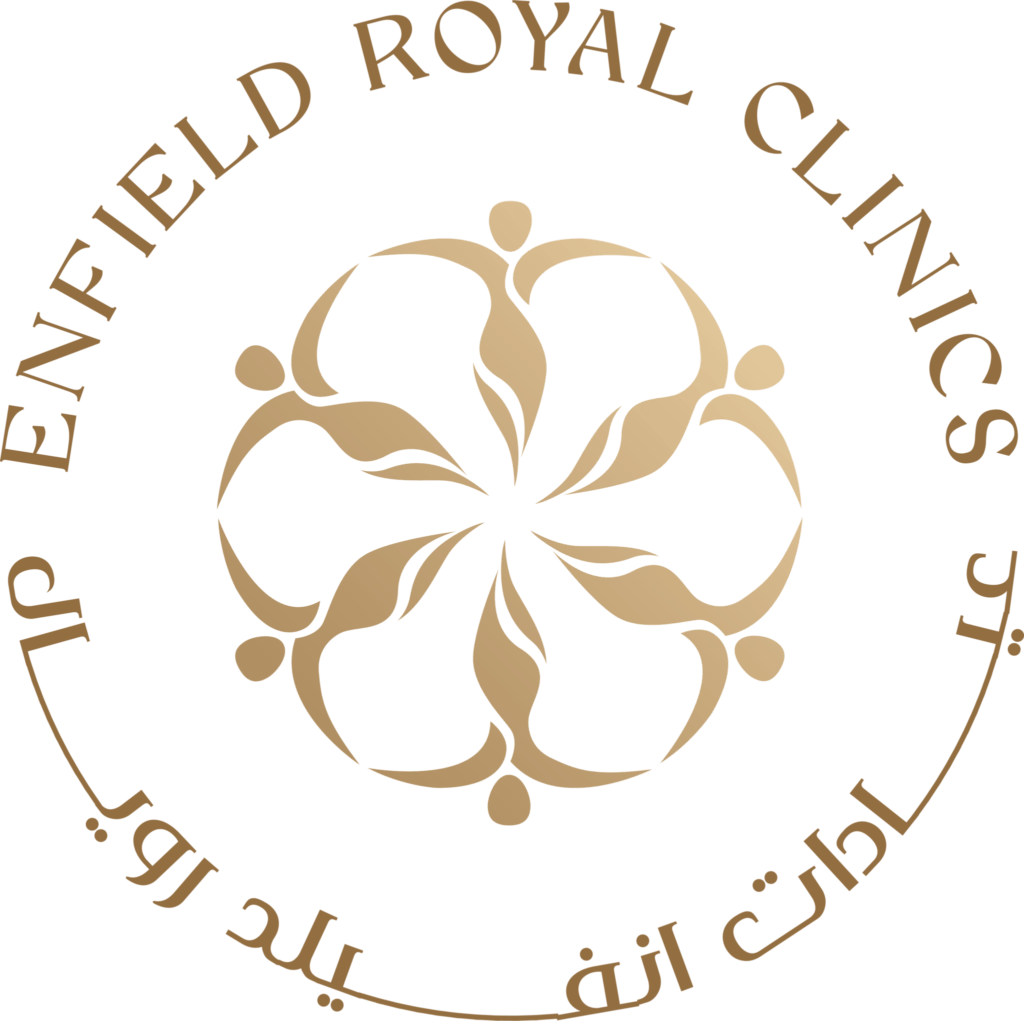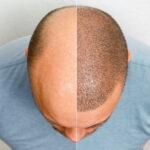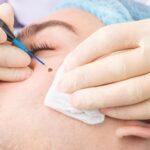
Want to get a fat transfer for adding volume or to get a sculpted body, then you must be wondering How Much Fat Do You Need for Transfer? This depends on your body type, the reason for fat transfer, and the results you want.
Here in this blog, we will explain it to you simply so you know what to anticipate before scheduling a consultation.
What Is Fat Transfer?
Fat transfer, or fat grafting, is a cosmetic procedure where fat is taken from some area of your body (such as your abdomen, thighs, or flanks) with liposuction and injected into another area to add volume. Popular areas include:
- Face (cheeks, temples, under-eyes)
- Breasts
- Buttocks (Brazilian Butt Lift or BBL)
- Hands
The treatment utilizes your fat, so it is a natural substitute for implants or fillers.
How Much Fat Do You Need for a Fat Transfer?
Target Area | Fat Needed for Transfer |
Face (Full) | 20–40 cc |
Under-eyes or Lips | 5–10 cc |
Breasts (each) | 150–300 cc |
Buttocks (each side) | 400–1000 cc |
Hands | 20–30 cc |
These are fat volumes that result after processing, not the volume of fat that’s removed.
How Much Fat Must Be Harvested?
A mere 60–70% of the removed fat will survive and can be transferred. Your surgeon will therefore harvest twice the amount of fat that will be used in the result.
Example:
If you require 500 cc of fat per buttock, your surgeon can remove 1200–1500 cc in total so that there is sufficient purified fat for injection.
Do You Need to Be Overweight to Qualify?
No, you don’t necessarily have to be heavy. You simply must have sufficient pinchable fat in donor sites such as:
- Lower belly
- Inner thighs
- Flanks (love handles)
- Lower back
- Arms
What Happens If You Don’t Have Enough Fat?
If your body lacks sufficient donor fat:
- Your physician can suggest putting on 5–10 lbs before the procedure.
- Alternative procedures, such as Sculptra® for non-surgical buttock augmentation or face dermal fillers, can be considered.
- A hybrid approach with the combination of small fat volume and implants would be possible in a few instances.
How Much of the Transferred Fat Will Survive
60–80% of the fat that was transferred survives long-term on average. Naturally, some of it will get absorbed by the body in the initial weeks. That’s why:
- Surgeons tend to overfill a little
- Final results are evaluated after 3–6 months
After proper aftercare, such as avoiding pressure on the treated zone (especially for BBL), can improve fat survival.
Things That Control How Much Fat You’ll Need
Your Body Goals
Desire a very subtle outcome? You’ll require less fat.
Want dramatic change? You will require more donor fat.
Treatment Area Size
Large areas such as the buttocks will need more fat than smaller ones, such as lips or under-eyes.
Your Body Fat Percentage
Slender patients might need innovative planning or other treatments.
Fat Quality
There is more fibrous fat that is also more difficult to process. Your physician will evaluate this during the consultation.
Can You Have Fat Transfer Along with Other Procedures?
Yes. Fat grafting is usually combined with:
- Liposuction (to contour donor areas)
- Breast implants (for a more natural blending)
- Facelift or eyelid surgery (for more prominent facial features)
- Combining procedures may enhance the outcome and shorten overall recovery.
Is Fat Transfer Permanent?
The transferred fat that survives is permanent, but your outcome will change over time depending on:
- Weight gain or loss
- Aging
- Lifestyle habits (smoking, diet, activity level)
- Adopting a stable weight will help maintain results long-term.
Why Choose Enfield Royal Clinic for Fat Transfer in Islamabad?
At Enfield Royal Clinic, our team of cosmetic surgeons provides:
- Customized consultation to evaluate your fat reserves and desired outcome
- Safe, high-tech fat purifying methods
- Low-downtime procedures
- Natural, permanent results
Our expert staff will guide you after evaluating your body type and recommend the best treatment.
Conclusion
In short, you do not need to have excess body fat to get a fat transfer done. It is only important to have fat on specific body parts so it can qualify as being donor and fill the recipient site.
Book your consultation at Enfield Royal Clinic Islamabad to find out if you’re the right candidate and how much fat your body needs to achieve the best results.
